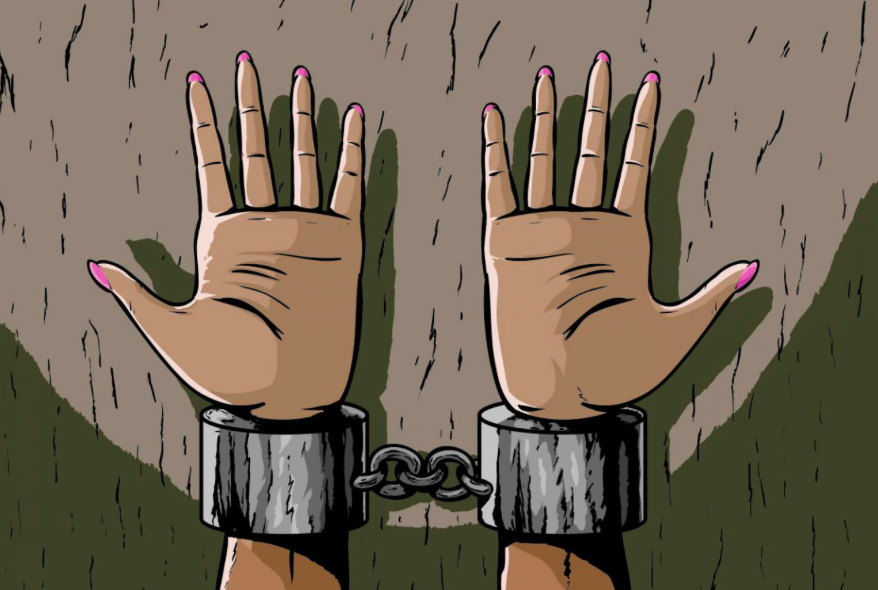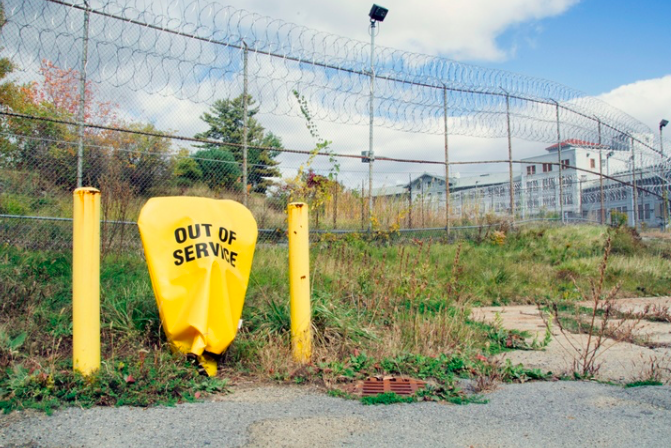“States of Incarceration,” a traveling showcase concerning mass imprisonment, is one of the many powerful exhibitions at the Tang Teaching Museum this fall. Both student and faculty curated, the exhibition is the culmination of a two-year collaborative project featuring the work from more than five hundred university students in twenty cities across the country. It was originally organized by the Humanities Action Lab at the New School in New York City in 2016. It is the first traveling exhibition to start a conversation about the state of incarceration in our country.
The communities involved with the production of “States of Incarceration” include Duke University, the University of Massachusetts, and the University of New Orleans, among others. Each participating university focused on a pressing problem within the incarceration system, such as the experiences of death-row inmates, and digs into the history of the subject while posing questions related to the future of mass incarceration.
The project also includes formerly incarcerated people who could elaborate on their experiences. The collaboration between all of these groups gives the exhibition a rich, diverse voice that is gripping and thought provoking.
photos provided by the "States of Incarceration" website
Working with Professor Eric Morser in 2015, Skidmore college students focused on the closing of Mount McGregor Correctional Facility. The medium-security prison about twenty minutes north from Saratoga Springs was the first in New York to feature an Alcohol and Substance Abuse treatment program. The program, launched in 1982, aided and supported many of the inmates, changing their lives in the process. The closing of Mount McGregor in 2014, however, raised questions about what prisons are meant to do and how they can continue to positive influence inmates.
These questions were thoughtfully considered through recordings, photos, and poems, which made for an engrossing experience. The exhibition also included multi-media elements, including music playlists, podcasts, and interactive activities — one of which asked visitors to consider their own feelings towards incarceration.
Through photographs and writings, students at Duke University, for instance, considered the death penalty. They explored what acts should warrant the death penalty, the history of the process, and examined the ratio of male and female death-row inmates. The Duke students who participated stated that they now feel more plugged into the issue after the project allowed them to explore and question it.
Not only does the exhibition allow the students who worked on the project to feel more connected to the situations at hand, it also allows visitors to think deeply about how incarceration has affected their lives and their country. It feels as if a true dialogue between viewers and artists is taking place.
The exhibition runs at the Tang until October 11th. It will then move to its next city to further challenge what Americans think they know about incarceration, and ask viewers what the future can bring.


